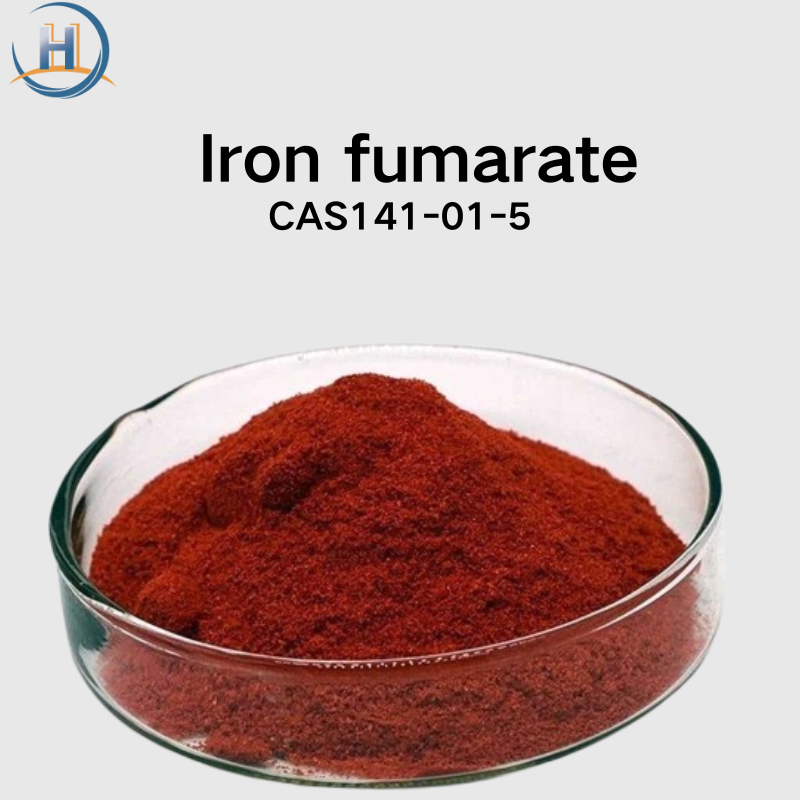-
Categories
-
Pharmaceutical Intermediates
-
Active Pharmaceutical Ingredients
-
Food Additives
- Industrial Coatings
- Agrochemicals
- Dyes and Pigments
- Surfactant
- Flavors and Fragrances
- Chemical Reagents
- Catalyst and Auxiliary
- Natural Products
- Inorganic Chemistry
-
Organic Chemistry
-
Biochemical Engineering
- Analytical Chemistry
-
Cosmetic Ingredient
- Water Treatment Chemical
-
Pharmaceutical Intermediates
Promotion
ECHEMI Mall
Wholesale
Weekly Price
Exhibition
News
-
Trade Service
Infectious diseases are a common clinical type of
disease.
There are many types of pathogens of infectious diseases, diverse routes of infection, and individual differences in symptoms and signs, which can lead to serious consequences
if not diagnosed in time and effectively treated.
Therefore, how to make early diagnosis and/or differential diagnosis of infectious diseases is a practical problem
that needs to be solved clinically.
Serum amyloid A (SAA) is a non-specific acute phase reaction protein, and its clinical value as an inflammatory marker has received widespread attention
in recent years.
The change of SAA level has important clinical value
for the early diagnosis, risk assessment, efficacy observation and prognosis evaluation of infectious diseases.
In addition to being elevated in bacterial infections, SAA is also significantly elevated in viral infections, and depending on the degree of elevation or in combination with other indicators, it can indicate bacterial or viral infection, thus making up for the shortcomings
of commonly used inflammatory markers that cannot indicate viral infection.
Clinical significance of SAA
△ Clinical interpretation of SAA level
△ Summary of applicable departments, indications and clinical applications of SAA
SAA is widely used in the auxiliary diagnosis of infectious diseases, the risk prediction of coronary heart disease, the dynamic observation of the efficacy and prognosis of tumor patients, the observation of transplant rejection, and the observation of rheumatoid arthritis improvement
.
Clinically, the SAA concentration < 10mg/L is normal, which is consistent<b20> with the CRP reference range.
Early diagnosis of viral infection: SAA will rise rapidly in both bacterial and viral infections, CRP will only increase in bacterial infection, based on this feature, the combined detection of SAA and CRP is more unique than
CRP alone.
For example, in both cases of fever caused by physical factors and colds caused by viral infection, CRP may be normal, and increased SAA may indicate an increased
tendency of viral infection.
Early diagnosis of bacterial infection: SAA indicators are more sensitive, rise earlier, and decline faster and more
magnitude in recovery than CRP in early infection.
In the early stages of infection, weak inflammatory stimulation SAA is more sensitive than CRP and provides better discrimination
.
Differential diagnosis of bacterial infection and viral infection: Simultaneous detection of both can provide powerful data
for the differential diagnosis of early bacterial and viral infection.
Especially in the early diagnosis of pediatric infectious diseases and neonatal sepsis, it has greater significance
than single identification in the early identification of bacterial and viral infectious diseases in infants and young children.
As written in the "Application of Serum Amyloid A and C Reactive Protein Detection in the Diagnosis of Infectious Diseases in Children" in the May 2017 Issue 32, Volume 5, "The combined detection of CRP and SAA can determine the type of infection more quickly and accurately, and provide an effective laboratory basis for the early diagnosis and subsequent treatment of the disease!
Predictors of cardiovascular and cerebrovascular event risk: The increase of SAA and hs-CRP concentrations was positively correlated with the possibility of predicting the risk of cardiovascular events in healthy people in the future, and the increase of both indicators was more
significant for predicting the risk of cardiovascular events.
Tumor severity and prognosis evaluation indicators: many tumors such as liver cancer, lung cancer, breast cancer, prostate cancer, endometrial cancer and other patients have different degrees of SAA elevation, SAA level and tumor active stage, malignant degree and metastasis have obvious correlation, malignant tumor metastasis stage SAA elevation usually shows higher values
than tumor stable stage.
Therefore, SAA as a non-specific index can be used as an indicator
for the dynamic observation of the efficacy and prognosis of tumor patients.
Preferred indicator for monitoring graft rejection: Changes in SAA concentration are a fairly sensitive indicator
for graft rejection.
Studies have shown that 97% of renal transplant rejections are based on elevated SAA and little change in CRP concentration
.
Therefore, SAA concentration can be used as the preferred indicator for the monitoring
of rejection.
Infection/inflammatory solutions
SAA, CRP, and PCT combined tests can effectively distinguish bacterial infection and viral infection, predict the risk of cardiovascular events, and evaluate the prognosis
of tumor diseases.
△ Comparison of three markers
△ Infection/inflammation solutions







